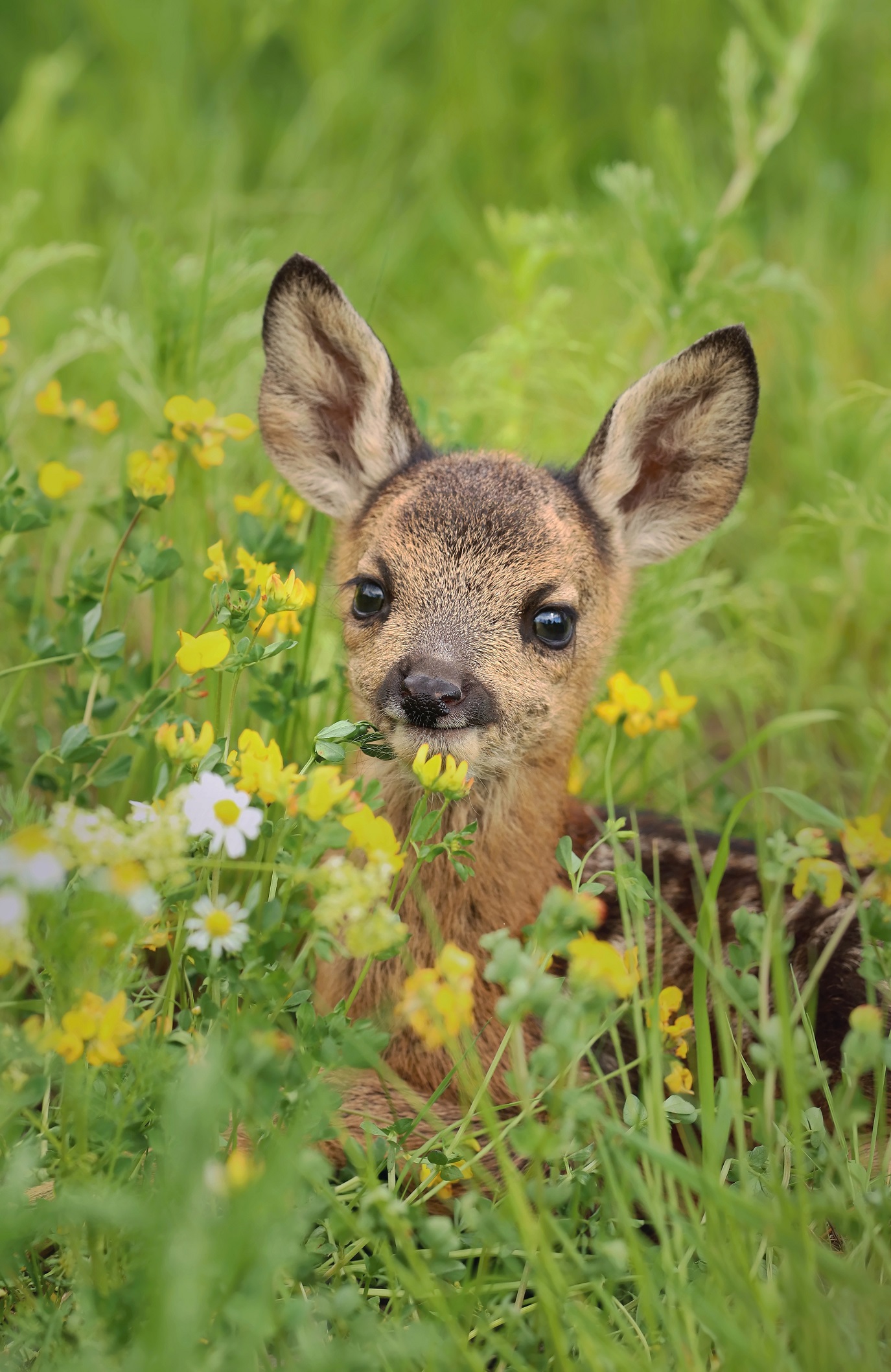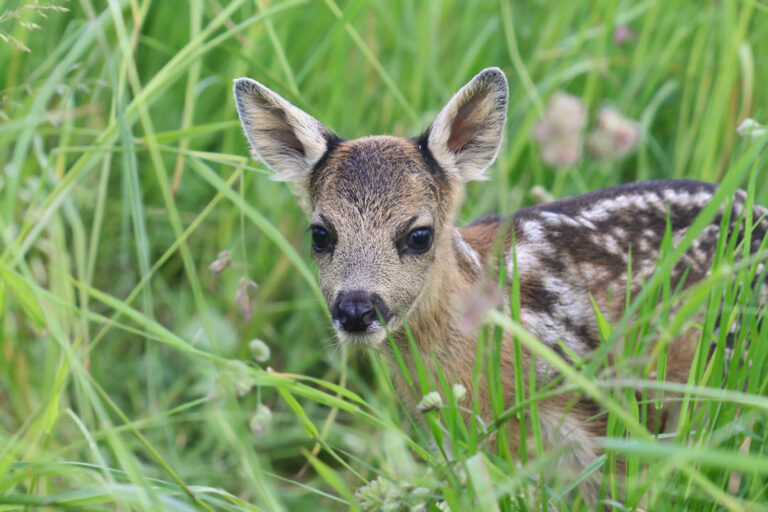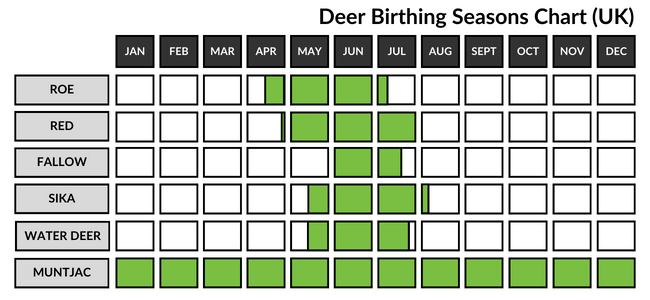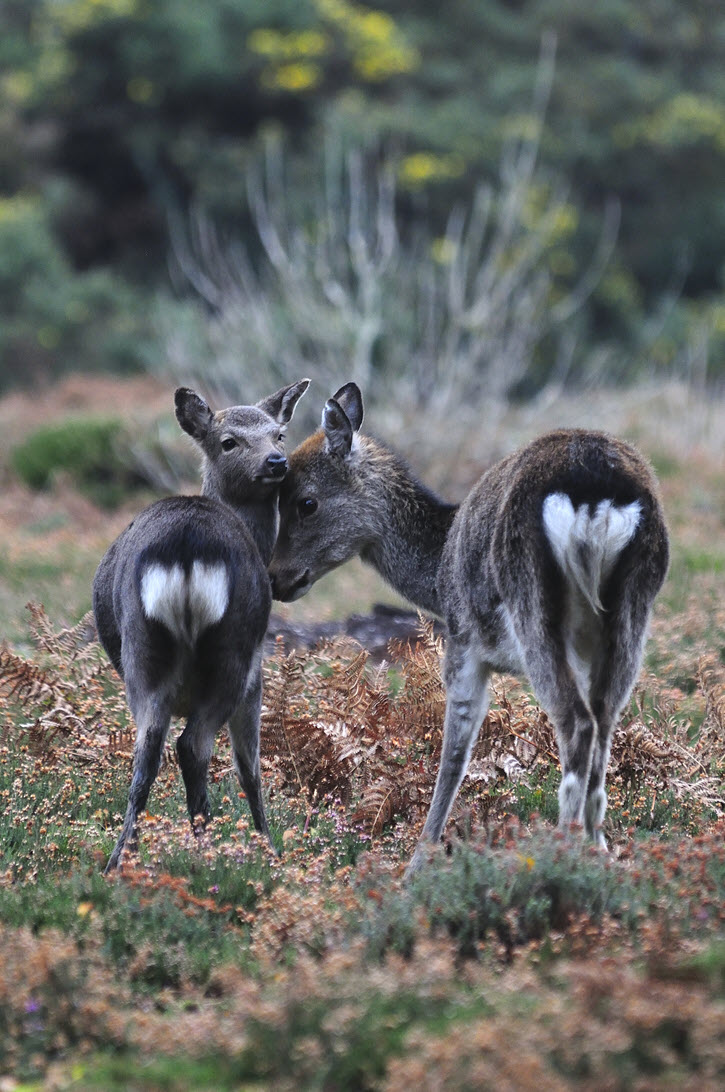SUPPORTING SCIENCE & RESEARCH
Part of the core work of The British Deer Society (BDS) is to conduct and support research that will help provide informed, effective solutions for protecting deer welfare and managing their populations ethically and effectively at local and national levels.
Surveys conducted with the support of those working in the land management, wildlife management and conservation sectors, as well as with the wider public, especially those with a keen interest in and passion for nature, are an excellent and engaging method of carrying out this work.
IMPORTANT GUIDANCE ABOUT TAKING PART IN THIS SURVEY

The BDS Birth Dates Survey is being conducted to help identify whether the current birthing seasons for deer in the UK might be changing.
Everyone is welcome to take part in our survey, but please keep in mind the following safety and welfare guidance:
Keep your distance. Female deer with newly-born young can be unusually protective and, despite being highly nervous about the close proximity of people or dogs, are often still prepared to stand their ground and protect them.
Lone young are best left alone. It is normal for a mother to leave a young deer alone and hidden because it cannot keep up with her when she is feeding. As a newly-born deer has little or no scent it is well-protected from predators if it lies still, and the mother will return every two to three hours to feed it both day and night. If you do accidentally find a baby deer:
- Move away immediately
- Do not be tempted to touch the deer or pick it up – your scent may stop the mother from returning to feed her offspring
- If you have a dog, please keep it away from the deer and on a lead under full control
- Do not remove the deer as it has NOT been abandoned and does NOT need to be rescued. Hand-rearing young deer is not usually successful and even those that survive often do not thrive after being released into the wild.
HOW TO TAKE PART IN THE SURVEY

After reading the important guidance about taking part in this survey, please use this form to report any new-born (less than a week old) kids/calves/fawns that you see from March through to the end of October.
The survey contains 7 questions and takes around 3 minutes to complete.
Please submit an individual return for each recently born deer you see, including the species, date and location.
CURRENT DEER BIRTHING SEASONS
This chart shows the currently recognised birthing seasons for each of the 6 deer species found in the UK.

YOUNG DEER NAMES: A KID? FAWN? OR CALF?
A young Roe deer is called a KID.
A young Red or Sika deer is called a CALF.
A young Fallow deer, Water Deer or Muntjac is called a FAWN.
WHY IS THE BIRTH DATES SURVEY IMPORTANT?

Knowing the time of year when each of the UK’s deer species’ gives birth is critical to protecting the welfare of young deer.
Not only does this knowledge inform when management can take place so that highly dependent young are not left alone without a mother (see: deer close seasons), but it also informs when key public awareness activities that help to reduce incidents of disturbance and interference relevant to baby deer are required (see: steer clear of baby deer).
If deer birth seasons start to change as a result of climate change or other factors, it is vital we are able to identify these changes quickly so that management seasons and public awareness activities can be adjusted accordingly.











